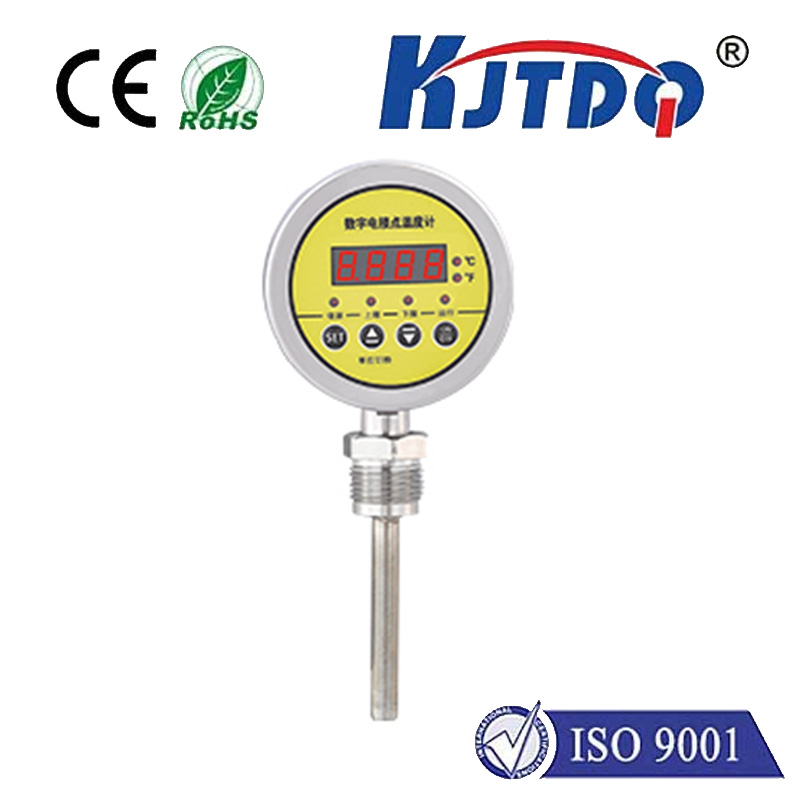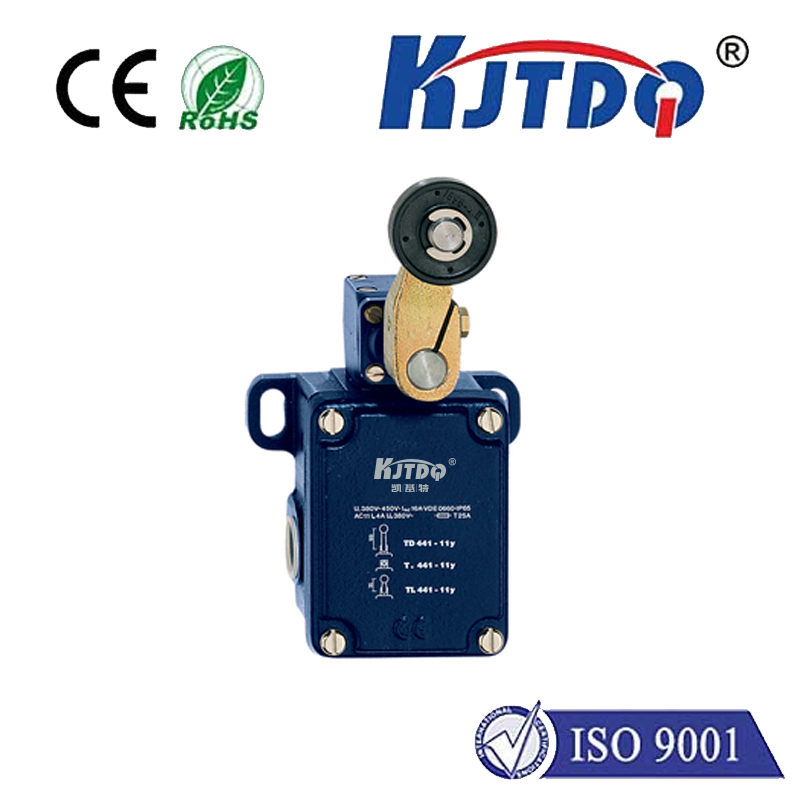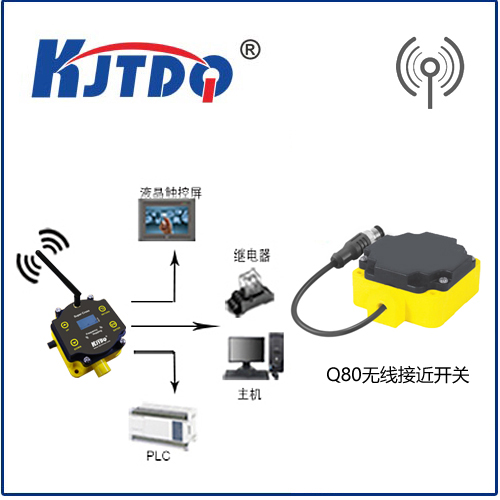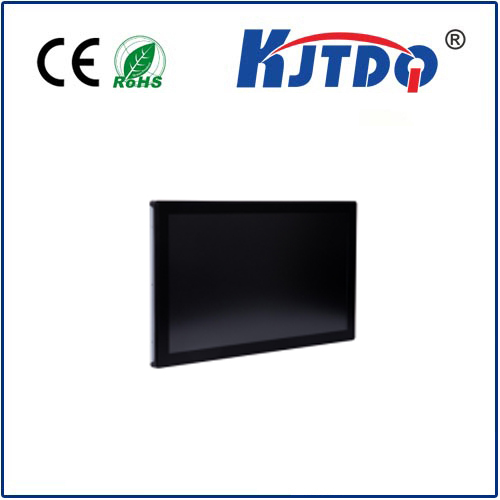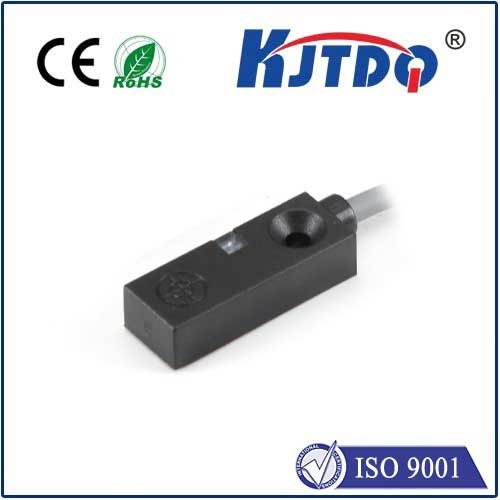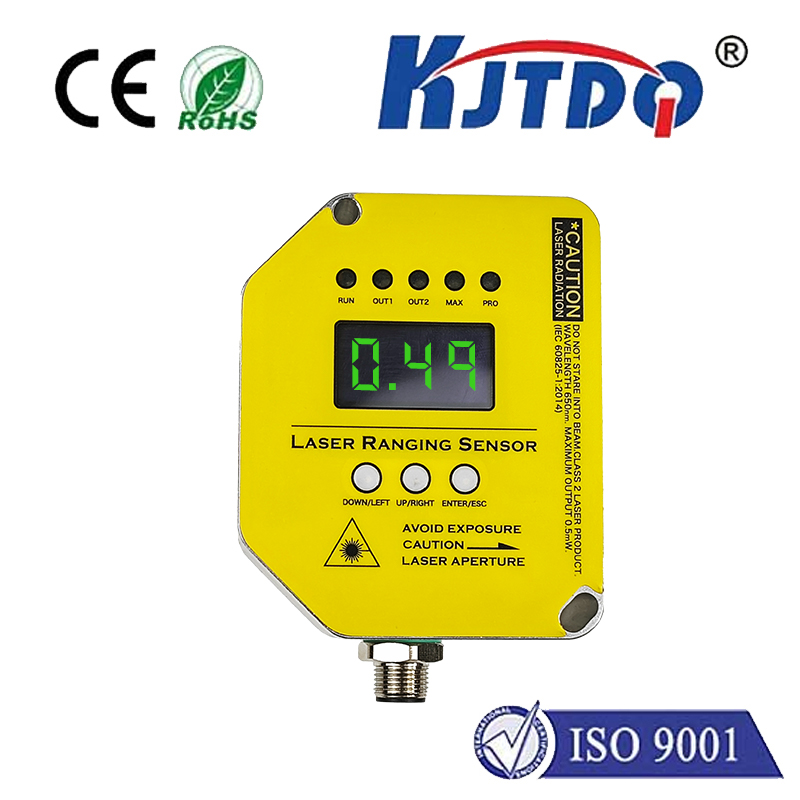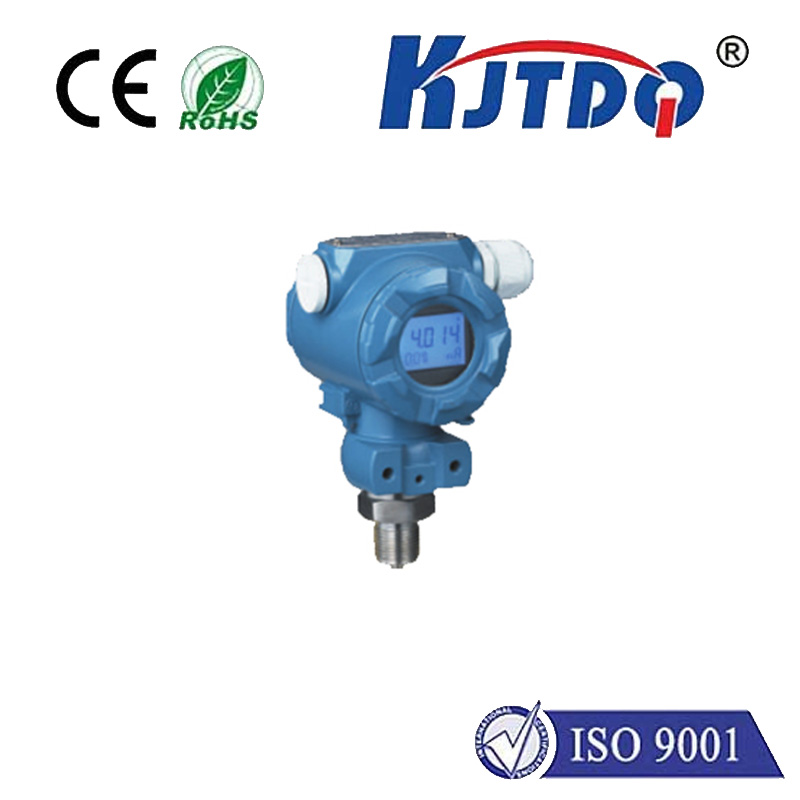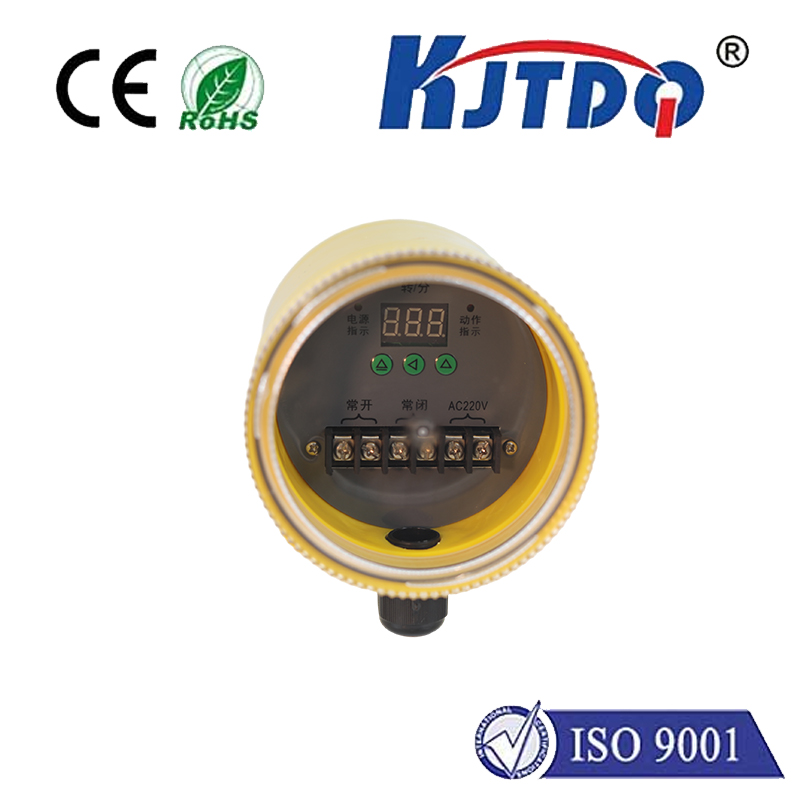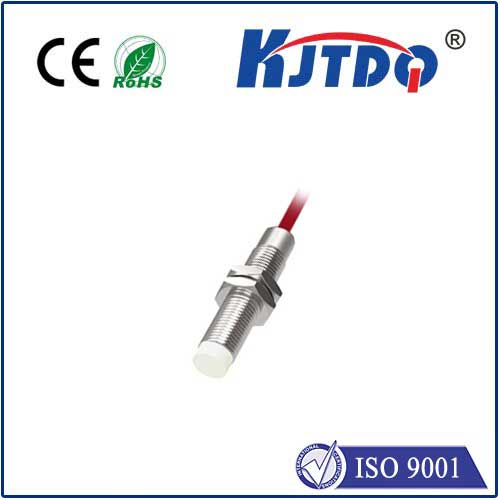Imagine an invisible security blanket draped over factory floors and intricate machinery. Not made of fabric, but of oscillating electromagnetic fields, silently monitoring the position and proximity of metal components with uncanny precision. This is the realm of the индуктивный приемник, the unsung hero enabling countless automated processes to run smoothly, safely, and efficiently. These robust workhorses form the bedrock of contactless detection in demanding industrial environments, offering reliability where other technologies falter.
But what exactly is an inductive pickup sensor? At its core, it’s a type of non-contact proximity switch designed specifically to detect the presence or absence of conductive metal targets without any physical interaction. Forget mechanical switches that wear out; inductive sensors rely on the fascinating principles of electromagnetic induction.
Here’s the fundamental magic: Inside the sensor’s sensing face, an oscillator generates a high-frequency electromagnetic field. When a metallic object (the “target”) enters this field, eddy currents are induced on the surface of the metal. These swirling currents act like miniature energy thieves, drawing power away from the sensor’s internal oscillator circuit. This energy loss causes a measurable change in the oscillator’s amplitude. Sophisticated circuitry within the sensor detects this specific change and triggers its output state – typically switching a solid-state transistor ON or OFF. The target moves away, the field recovers, and the output reverts. It’s a continuous, silent dance dictated by the laws of physics.

This ingenious operating principle unlocks a suite of powerful benefits that make inductive sensors indispensable:
The applications for inductive proximity sensors are vast and span nearly every sector of manufacturing and automation:
Selecting the right inductive sensor involves careful consideration of several factors:
While incredibly robust, understanding their inherent limitations is also key. They are fundamentally designed for metallic targets. Non-conductive materials like plastic, wood, or liquids are invisible to them. The sensing range is relatively short compared to technologies like ultrasonic sensors. Furthermore, the detection distance can be influenced by the specific type and Размер of the metal target. Mounting proximity to other metal objects or the presence of multiple sensors close together can also sometimes cause interference, requiring careful installation planning.
Within the broader category, specialized inductive sensors address niche requirements. Factor-1 sensors offer consistent range for all metals. High-temperature sensors survive foundries or engine compartments. Weld-immune sensors resist the intense electromagnetic interference generated during welding processes. Analog inductive sensors provide a continuous output voltage proportional to the distance to the target, enabling precise position measurement, not just detection.
From the precise timing required in automotive engine camshaft position detection, ensuring spark plugs fire at the exact millisecond, to guaranteeing every bottle cap is securely fastened on a high-speed filling line, inductive pickup sensors perform millions of reliable detections daily, unseen but vital. Their blend of simplicity, ruggedness, and high reliability makes them the go-to solution for metal detection tasks across industrial automation. They are the silent, electromagnetic sentinels, tirelessly providing the binary “yes/no” or nuanced position data that keeps modern manufacturing, robotics, and machinery operating at peak performance, proving that sometimes the most powerful technology is the one you never see or hear, working flawlessly in the background. Their role in predictive maintenance strategies is growing, as their consistent signal output can indicate developing issues in machinery components they monitor. For instance, a gradually changing signal from an inductive sensor monitoring a bearing housing vibration could alert technicians to potential bearing wear long before catastrophic failure occurs, saving significant downtime and repair costs. In automotive manufacturing, inductive sensors precisely track the position of chassis components as they move along assembly robots, ensuring weld points are perfectly aligned every single time. They verify tire presence before inflation begins, detect engine blocks on transfer lines, and confirm door latches are fully engaged before the vehicle leaves the final inspection station. The next time you witness the seamless operation of complex automation, consider the indispensable role played by these electromagnetic marvels – the inductive pickup sensors. They transform the physical presence of metal into actionable data, the fundamental language of automated control.
